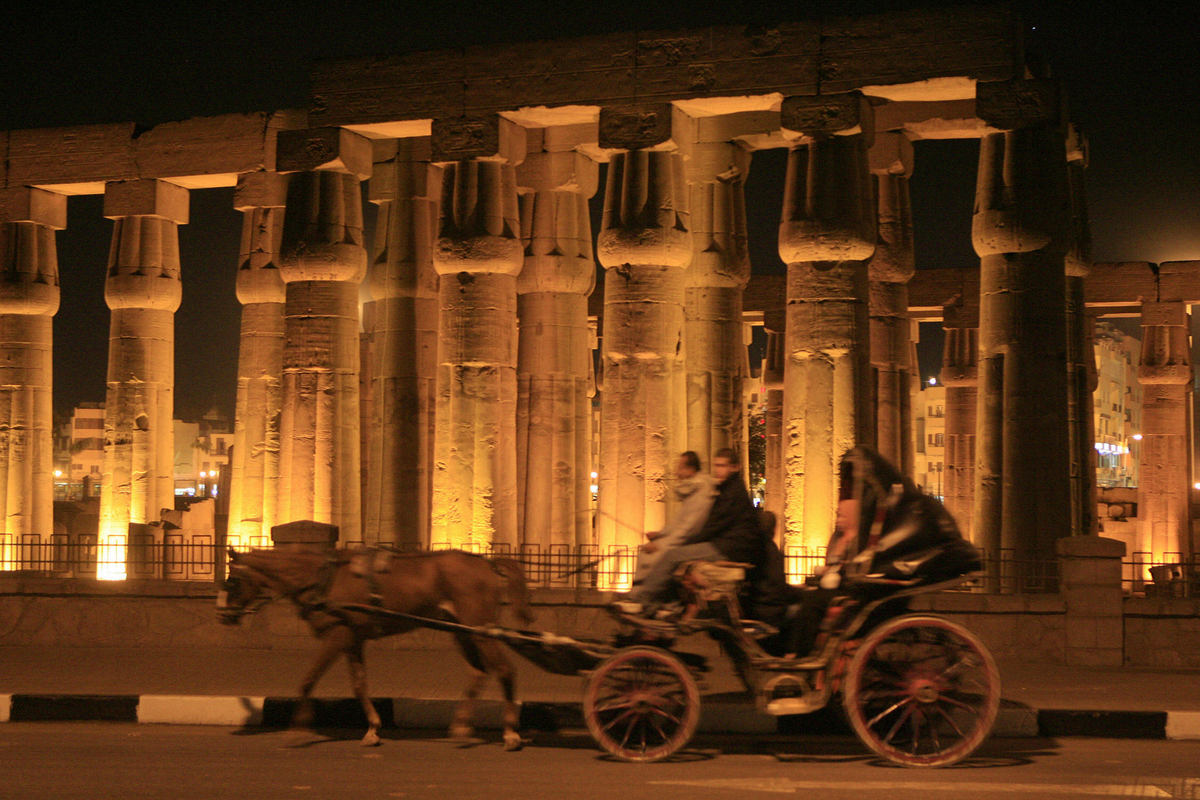
(AFP FILE PHOTO/KHALED DESOUKI)
Despite the expected decline in demand for Sharm El-Sheikh hotel rooms from the domestic market during Ramadan, European tourists will help maintain the growth drive, real estate services provider Colliers International said in its latest report.
In Sharm El-Sheikh, revenues for available hotel rooms are expected to increase by 19% on a year-on-year (YoY) basis between May and July. Demand in Cairo will also be maintained with revenues for available hotel rooms, increasing by 24%.
“Increases in both corporate and leisure demand to result in greater occupancy and ADR levels versus last year,” the report said on the demand in Cairo.
Revenues per available room will stand at $55 in Cairo during the next two months, the report highlighted. In Sharm El-Sheikh, Hurghada and Alexandria, that figure is estimated to reach $27, $35 and $44, respectively.
Revenues in Luxor hotel rooms were the lowest, at $5, the report illustrated.
The report added that “increasing competition from the reemerging Egyptian markets to reduce Aqaba’s leisure demand”.
The company predicted occupancy rates between May and July to reach 44% in Cairo and 56% in Sharm El-Sheikh. Occupancy rates are expected record 73% in Hurghada and 61% in Alexandria during the same period. Low occupancy is expected in Luxor, with rates recording only 14%.
In a report released in April, the real estate company highlighted that the recent lifting of travel bans will result in a continued growth of Red Sea hotels’ room revenues by some 29% YoY, between March and May. The report indicated that the gradual return of demands to pre-revolution levels for Cairo hotels is to be expected.
The Ministry of Tourism is seeking to increase Egypt’s annual tourist influx to 20 million tourists and raise tourism income to $26bn by 2020.
Minister of Tourism Khaled Rami told the Daily News Egypt that that the country is targeting a 20% growth in tourist numbers next winter, and 15% next summer. He noted that the country’s tourism income was $7.5bn in 2014, a growth of $1.6bn compared to 2013.
Rami added that the ministry will work on redesigning and developing touristic areas, while also working on enhancing the service quality offered at those destinations.
The ministry’s strategic plan also involves intensifying marketing campaigns and customising them to reach and attract different countries and cultures.




